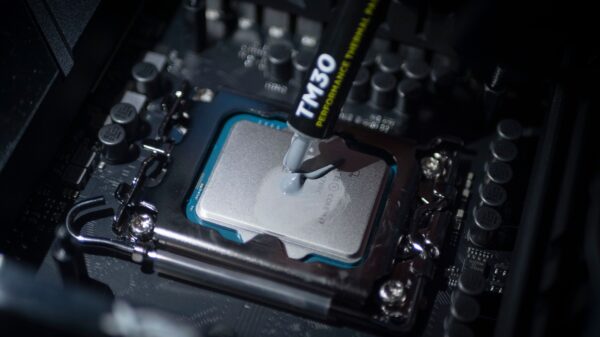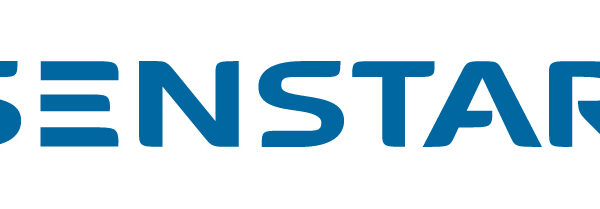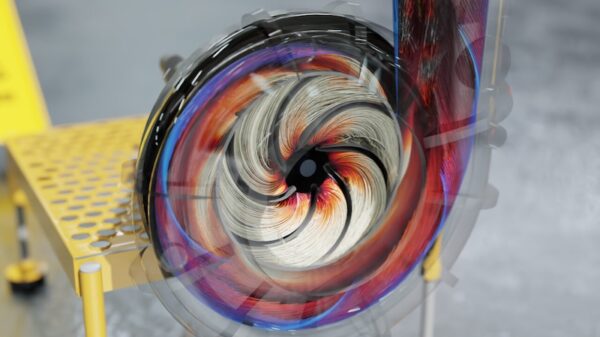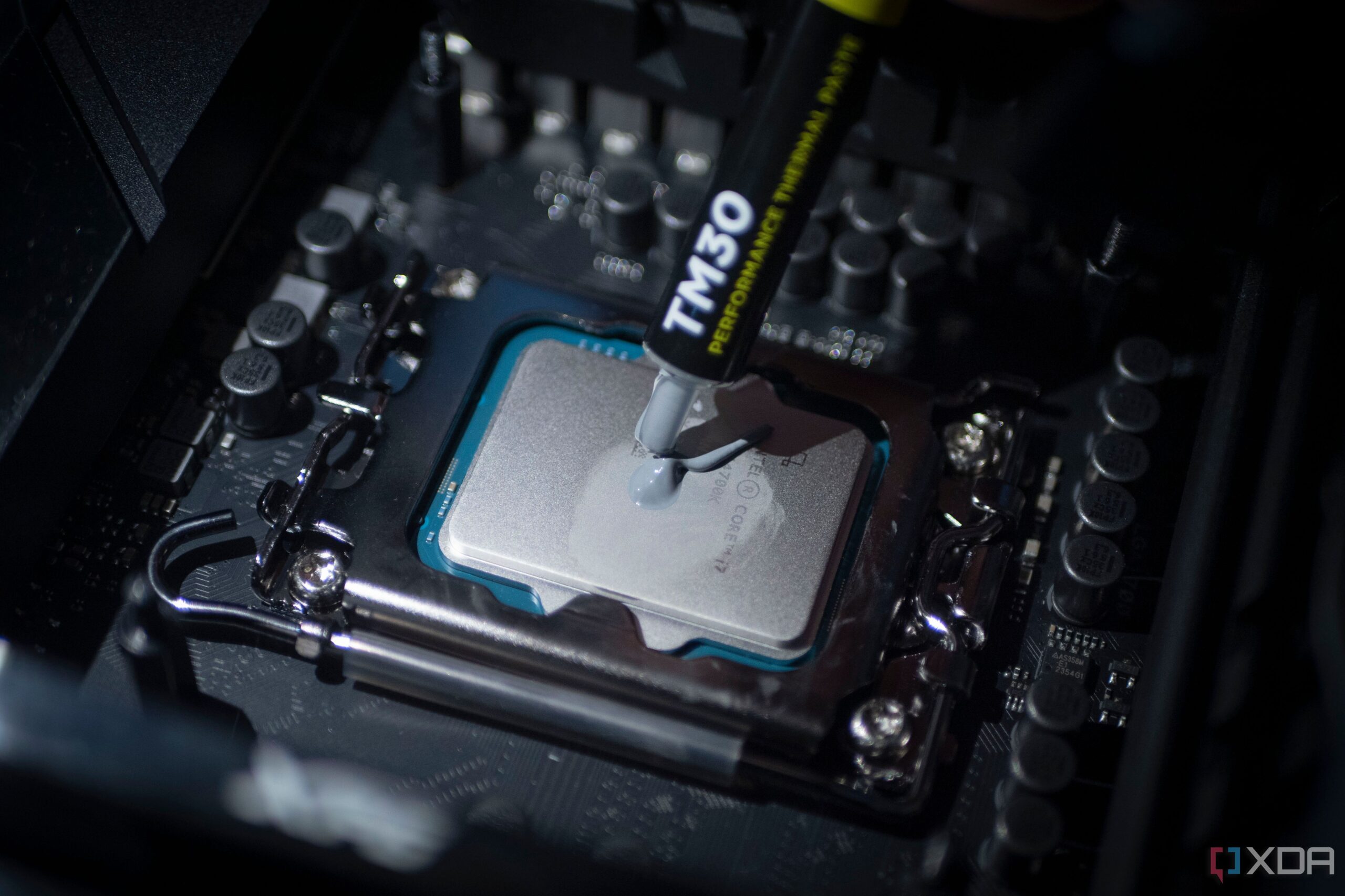URGENT UPDATE: New reports confirm that many consumers are overspending on thermal pastes for their CPUs and GPUs, with findings indicating that higher-priced options often do not deliver the expected cooling performance. This revelation comes from a recent study published on July 15, 2023, which assessed various thermal compounds and their real-world impacts on system temperatures.
The study highlights that while premium thermal pastes boast impressive labels like “High-performance,” the actual difference in cooling efficiency is often negligible unless replacing extremely cheap varieties. For the majority of users, especially those engaged in standard gaming or routine tasks, investing in expensive thermal compounds can be a waste of money.
According to the study, thermal pastes differ primarily in their base materials, such as hydrocarbon and silicon, along with the percentages of thermally conductive fillers like Aluminum oxide and Magnesium oxide. However, the thermal conductivity ratings can vary widely between manufacturers, making them unreliable as a performance metric.
The research emphasizes that the most critical factors affecting thermal performance are the CPU cooler’s design, mounting pressure, and overall case airflow. Notably, issues such as uneven mounting pressure were underscored in relation to Intel’s LGA1700 bending problems, which have led many to adopt aftermarket solutions.
For those pushing their systems to the limit with intensive multi-core workloads, the study acknowledges that while performance differences may be more pronounced, the thermal paste itself is only a small part of the thermal bottleneck. Users can expect a significant improvement simply by reapplying any thermal paste if their current compound has dried out over time.
As a practical example, Arctic MX-6 is recommended as an affordable option that meets the needs of most builds without breaking the bank. For enthusiasts or those operating high-end systems under heavy workloads, premium pastes may still play a vital role in ensuring optimal performance and longevity.
Experts warn that many users may not realize that bad paste or improper application can severely impact cooling. Proper surface preparation and even mounting pressure are crucial for effectiveness. The study points out that even the best thermal paste will underperform if not applied correctly.
In summary, while the thermal paste debate rages on, consumers are advised to reconsider their spending habits. As the findings suggest, the right CPU cooler, airflow management, and application technique are far more vital to maintaining optimal temperatures than the choice of thermal paste alone. This discovery could change the way PC builders approach cooling solutions, shifting the focus from costly thermal compounds to more impactful factors.
Stay tuned for further updates as the conversation around thermal paste and cooling technologies continues to evolve. Share this information to help fellow PC enthusiasts make informed decisions!




































































